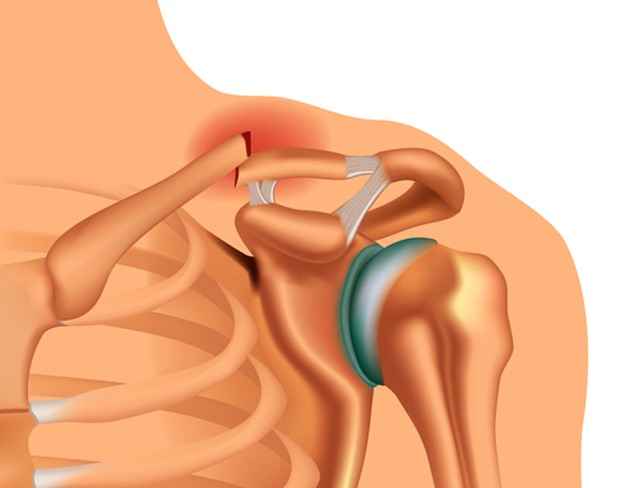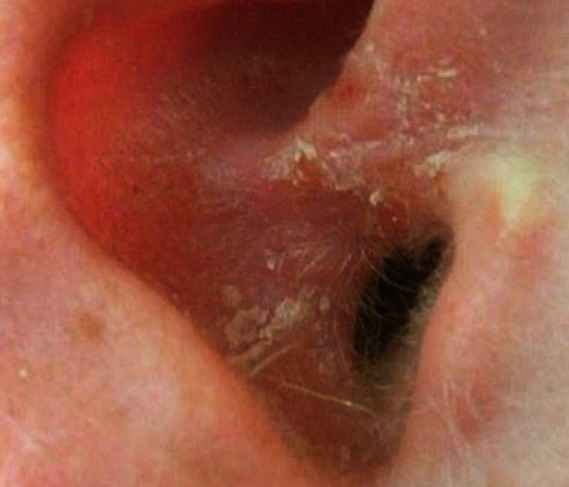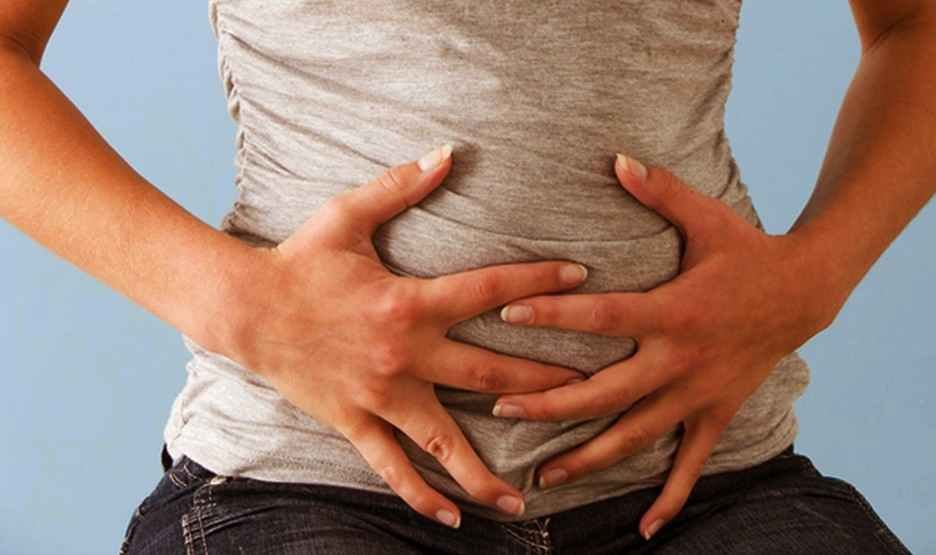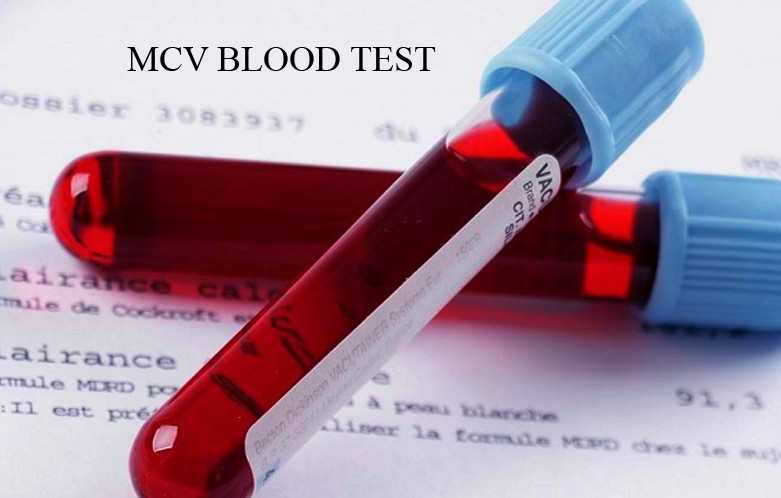Pain in Left Temple of Head
Pain in left temple of the head is a condition when only left side of the head starts feeling immense pain and discomfort. This is a very common condition and might happen due to simple reasons however this may go away within a few hours or a day. But, if the pain in left temple continues for a longer time and is accompanied with other symptoms like dizziness, nausea, vomiting, chest pain, blurred vision and fever, it can indicate a very serious condition.
Signs and Symptoms

Symptoms of the pain in left temple of head includes:
Pain
Most obvious symptom is that there will be a very intense pain in left side of the head, whereas right side will be totally normal. Pain might increase and extend to left ear or behind left eye. Sometimes you might feel the pain even while doing the normal activities like when chewing, when breathing or when swallowing. The pain usually subsides when the underlying cause reduces.
Burning of the eye
In addition to the pain behind eye, your left eye might feel inflamed. There is also redness in eye and the eyelid might feel heavy when opening it. This usually happens during most cases of the left temple pain. Sometimes eyes also starts watering, hurts to touch and you might need to rest them in order for the pain to reside.
Nausea
Nausea is a condition in which a person might feel as if he is about to throw up. Headache is sometimes accompanied by nausea. This is very rare but does happen.
Blurred vision
Due to excessive pain on one side of the head, there is a possibility that the person starts seeing blurred through one eye. The intense pain behind eye and watering leads to the blurred vision.
Lightheadedness
A person suffering from pain in the left temple might feel lightheaded when standing. A person might feel as if he or she is about to faint. This feeling goes away within a few minutes usually.
Difficulty in breathing
In very few cases when breathing a person might feel a blockage in the nasal cavity.
Possible causes
There are a lot of reasons that cause the pain in left temple of the head. Some of them are:
- Temporal Arteritis – in temporal arteritis, the temporal arteries are affected and get inflamed. This leads to pain in left temple of the head along with some other symptoms like sweating, fever, loss of appetite, weakness and fatigue. The doctor prescribes steroids to treat it.
- Occipital Neuralgia – In occipital neuralgia the damage happens to the nerves present at the base of the skull. This leads to very sharp shooting or stabbing pain in the left temple of head and increases with the light and hurts to touch. This is usually treated with over the counter pain killers and heating pads are applied on the neck.
- Sinus – Sinus is a very common reason for the sharp shooting pain in the left temple of the head. There is an inflammation and swelling around the sinus cavity. Pain can be felt on the cheek, eyes and the left temple of head. There will be pain in the whole nasal passage when breathing. Sinus is treated with prescribed medicines by the doctor.
- Temporomandibular Joint Syndrome – The cause for this syndrome is the injury in the two joints connecting the jaw to the skull. This causes inflammation in the joints and there is sharp pain when chewing. Some people might even feel discomfort when swallowing their food. Various treatments like pain killers, surgery, massage, Botox etc. are done to get rid of this condition.
- Stress – Stress is another cause for the pain in the left temple of head. Stress leads to tightening of muscles around the back of the neck. Along with this lack of sleep, bad posture and missed meals are also responsible. There are no other symptoms apart from pain in the left temple and taking an over the counter painkiller is sufficient in treating it.
- Migraine – Pain in the left temple of head is the most common symptom of migraine. During migraine half portion of the head feels intense pain be it the left or the right. The pain becomes even worse with sounds, lights and physical movements. The other symptoms associated with it are nausea, vomiting, blurred vision and tingling sensation.
- Heart Attack – During a heart attack or a stroke there is a sharp pain felt in left temple of the brain. The other symptoms associated with it are blurred vision, numbness, chest pain, slurred speech and dizziness.
- Tumor – If the pain continues for a longer time or constantly comes and goes, there is a huge chance for it to be brain tumor. Other symptoms accompanied with this pain are blurry vision, inability to hear and inability to speak. Tumor can be treated with surgery, chemo or radiation therapy.
- Medication – There are many drugs that show headaches as their side effects. The irony is that some medicines that are used in the treatment of a headache can lead to headache. Medication related to headaches usually happen in the case of people suffering from migraine. These increase the headache even more. The headache can also be due to the overdose of a medicine. Consulting a doctor is very necessary so that he can reduce the dosage of your prescribed medicine.
Treatment
The various treatments to cure the pain in left temple of head are as follows:
Consult the doctor
The first and the foremost thing to do when experiencing a constant pain on the left temple of the head is to find the root cause of the symptom. Doctor will run a few tests and enquire about any other symptoms that you are facing with the pain in the left temple. He might even run an MRI to check for the brain tumor or migraine. After analyzing all the things, the doctor might be able to successfully diagnose your condition and provide you with the required treatment.
Medicine
If pain is short lived and happens once in a while, you can take over the counter pain killers. If the pain is not relieved by the pain-killers then the doctor might prescribe you a heavier dosage along with the other medicines to treat the cause of the headache. Some other medicines like anti-inflammatory drugs are also give in order to reduce the inflammation in the eye.
Food
Developing healthy food habits is very necessary to treat any disease. Sometimes headache in the left temple of brain happens due to deficiency of vitamins. So include a lot of food rich in various vitamins like Vit A, Vit B, Vit C, Vit K etc. increase in cholesterol and fat in the body might also be the reason for the headache along with indigestion. So increase the intake of fibers and lean protein whilst avoiding foods having empty calories and that are high in fats. Monosodium Glutamate is also a trigger migraines and other types of headaches, so any food containing these should be avoided.
Exercise
In addition to keeping healthy eating habits exercising is also very important to keep the body fit and the working properly. Exercising is also a very good stress reliever so it helps in subsiding any headache that is caused by stress.
Nasal Sprays
In case if is headache caused due to sinus, which are the most common type after migraine, a nasal spray is prescribed by the doctor. This nasal spray is helpful in clearing out the nasal passage and give relief when breathing.
Surgeries
In some cases like tumor, a surgery has to be performed on the brain in order to take it out. The tumor is a very rare cause of the headache but is one of the possibilities. In the case of sinus, even a surgery has to be performed on the nose in order to end the abnormal growth of the bone in the nose.
Pain Relief
Rest
Most of the time when you have a headache on the left temple of head, behind the eye and it even hurts to touch, resting the best thing to get rid of it. If you have blurred vision and you suddenly start feeling light headed, sit down or lie down for a while until the feeling goes. Not getting proper amount of sleep can be one of the reasons that you have a severe headache or no sleep might amplify the headache that is being caused due to some other problem.
Take a walk
When having a headache going out for a walk is the last thing someone might consider, but this is very helpful. Sometimes tightness in your muscles can cause headache and if you walk, it might loosen them up. Also if you are walking on the outdoors, you will definitely find something interesting to keep the mind off the headache. Another advantage of walking is that it releases endorphins which are the happy hormones. The release of endorphins makes you happy or calm and in turn reduces the headache or the sensation of headache. Regularly walking and exercising can at times totally end the headaches.
Do something to relax you
Activities like listening to music or painting or cooking or anything that gives you a feeling of relief can be taken up while having a headache. Stop working on strenuous tasks that need you to use your brain this might lead to an even worse headache. Some neck stretches and relaxing your body helps.
Massage
Massage your temple with your fingers. Take two first fingers and some scented oil and massage in clockwise direction and then in anti-clockwise direction. It is best to close your eyes while doing so, so that you can take in all the feeling and help yourself relax. It is even better if some other person can give you a massage and you can just lay down while the pain subsides. It is important to note here that some scented oils might have a sharp smell that might increase the headache even more. So, use oils with refreshing and soothing smells.
Cold Compress or Hot compress
Warm and cold compress can also be very helpful in relieving the pain if the person knows where to use what. Every headache is caused due to a different issue so knowing what compress works for which is very important. Sometimes applying cold compress might also increase the headache and tighten the muscles. But in the case of already expanded blood vessels responsible for the headache, cold compress is most useful. Applying a cold compress on the pack on the neck relieves migraine pain.
Yoga
Yoga is the best relaxation technique that also keeps your body fit. Practicing yoga and meditation everyday helps a person relax and rewind. Stretches done during yoga sessions are very useful in loosening the tightened muscles. Meditation helps build concentration and self-awareness and help you take off your mind from the headache for some time.
Long breaths
During a headache the brain needs a lot of oxygen and help relax the mind. Take deep breaths that fill up your lungs and brings up plenty of oxygen in your body as soon as you start having a headache.
Home Remedies
Almonds (not for migraine)
Eating a handful of almonds each day can help relieve the headache easily. Almonds should not be eaten by the people who have migraines since they can trigger even worse headaches in people with migraines. However, in headaches that are caused by stress and tension they can act as an excellent pain reliever.
Apple cider vinegar compress
Apple cider vinegar has lots of healing properties and has been used every now and then in curing a lot of ailments. Headache is one such ailment apple cider vinegar can easily cure. Mix some apple cider vinegar in the same amount of hot water and soak a towel in it.Finally apply it as a compress on your forehead by this headache will be gone in no time.
More water less alcohol and caffeine
Keeping the body hydrated is also very helpful in reducing the headache. So drink lots of water and try to avoid beverages like tea, coffee and alcohol.
Ginger
Ginger which is found in almost all the houses is an excellent anti-inflammatory substance. Having same parts of ginger and lemon juice can be really helpful in reducing the inflammation of blood vessels in the head.










